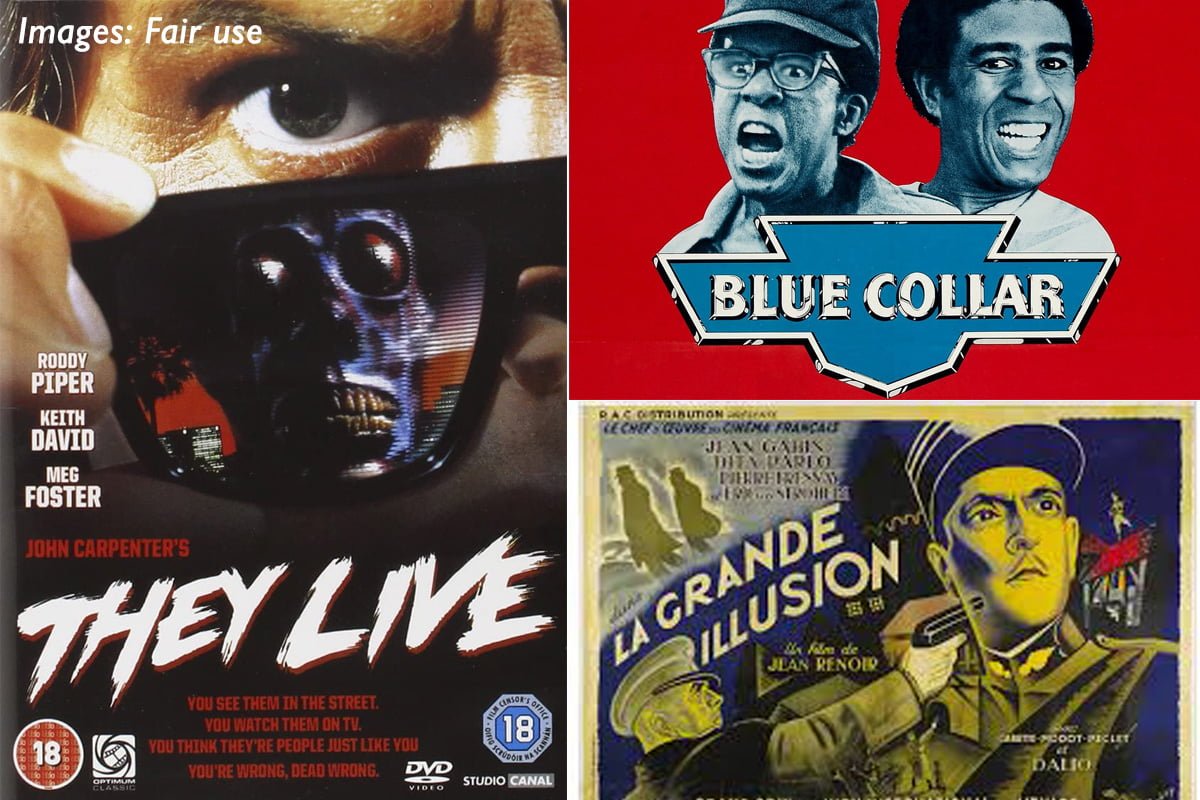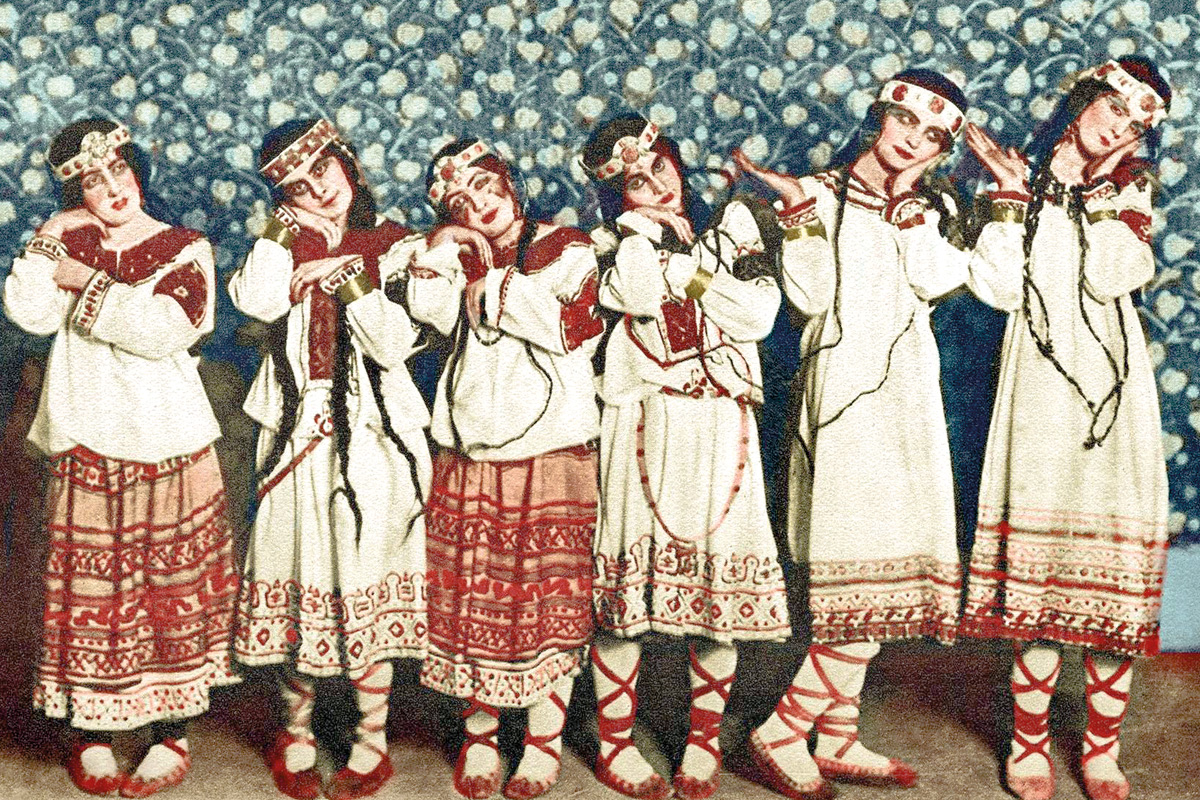With the lockdown continuing, we continue our look at films with a political edge which can be streamed online and/or watched on blu-ray/dvd. Some are famous, others not. Some are obviously political in content and style, others require a bit of digging. All are top-notch films which I would certainly recommend watching during the lockdown… and beyond. So let’s get started.
See part one of our list here.
Reds (1981 Paramount)
Even now it seems quite extraordinary that Hollywood should have funded a big-budget three-hour plus film, starring (and directed by) Warren Beatty, Diane Keaton, Jack Nicholson alongside a host of familiar supporting names, about John Reed (author of 10 days that shook the world) and the Russian Revolution (watch trailer here.) Even more amazingly, the film picked up 12 Academy Award nominations, winning three including best director for Beatty.
The film was pushed by Paramount as being an epic love story between the Beatty and Keaton (playing Loiuse Bryant) characters but is actually a decent portrayal of Reed’s life and his time in Russia during the dramatic events of 1917. This might explain why the film has kind of been forgotten about. For that reason it is well worth hunting down. Look out for a splendid performance from Maureen Stapleton as Emma Goldman which rightly earned her an Oscar.
Three Days Of The Condor (1975 – Eureka!)
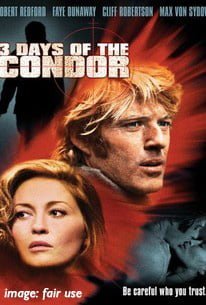 In the introductory booklet to the 2016 UK bluray release of this film, it is noted that back in 2000 Stephen Hunter from the Washington Post had chosen Three Days Of The Condor as the film which for him most summed up the 1970s in America (Watch trailer here). Released post-Watergate and with the press full of reports about what the CIA had really been up to in Chile and elsewhere, this film feeds off the fears of many as to what the establishment – state and big business – was really up to.
In the introductory booklet to the 2016 UK bluray release of this film, it is noted that back in 2000 Stephen Hunter from the Washington Post had chosen Three Days Of The Condor as the film which for him most summed up the 1970s in America (Watch trailer here). Released post-Watergate and with the press full of reports about what the CIA had really been up to in Chile and elsewhere, this film feeds off the fears of many as to what the establishment – state and big business – was really up to.
The story is simple enough: a minor CIA operative in a seemingly unimportant office where they just read and analyse reports and documents pops out to get some food only to find on his return that everybody there has been shot dead. Robert Redford’s character (codename Condor) is the only survivor. As he reports in what has happened it soon becomes apparent that he cannot trust anyone, least of all his employers.
Although other films from this period would feed off similar moods of paranoia – Killer Elite and The Parallax View to name but two – Three Days is perhaps the most successful as it operates as both a gripping spy thriller and a film that raises serious questions which in many ways anticipates what happened after 9/11. This film is well served by a good cast on top form but look out for a superb yet understated performance from the late great Max von Sydow (for an example of this click here).I saw this film in the West End when it opened in the autumn of 1975 and went to see it again a few weeks later just because of that.
La Grande Illusion (1937 – Studio Canal)
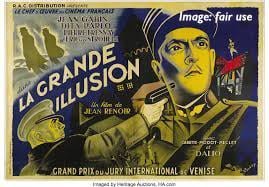 Jean Renoir’s film is one of the great masterpieces of 20th Century cinema. It’s anti-war message remains as relevant as ever as is its careful analysis of class relations (see trailer here and the restoration trailer here). The story centres around two French officers – the upper-class Pierre Fresnay and the working-class Jean Gabin – who are caught by German troops during WW1 and sent to prisoner-of-war camps.
Jean Renoir’s film is one of the great masterpieces of 20th Century cinema. It’s anti-war message remains as relevant as ever as is its careful analysis of class relations (see trailer here and the restoration trailer here). The story centres around two French officers – the upper-class Pierre Fresnay and the working-class Jean Gabin – who are caught by German troops during WW1 and sent to prisoner-of-war camps.
The rest of the film deals with their various efforts to escape from one camp after another. However the class relations between the various prisoners and between these prisoners and their guards are what make this picture different from other such films. Early on when the two men, having just been caught, are taken to the local German base, they are astonished to find themselves invited by the commanding officer (Eric von Stroheim) to join a regimental dinner as honoured guests. They are officers first and prisoners second it appears.
During the film the characters played by Fresnay and von Stroheim emphasize their class links by both talking English to each other to show their separation from the ‘lower orders.’ A similar fraternization exists between the working-class prisoners and their immediate guards. The issue of class solidarity runs right through this film alongside its assault on the madness of war.
Of course, the film was quickly banned as WW2 approached. A decent print was considered lost until it was discovered that a print had been taken from France to Berlin by the Germans during the war, only for that print to be grabbed by the Russians in 1945 and taken back to Moscow where it safely resided until an exchange programme was set up by Russian and French film museums, enabling the print to be restored and shown again. Orson Welles once said that if there was just one film he could save then this would be it.
Blue Collar (1978 – Indicator)
This film (watch the trailer here) was reviewed in Socialist Appeal back in 2018 when it came out on bluray and I stand by what I said then as to why you should see it. This is a film about a company that “builds cars and destroys men”. Director Paul Schader’s film looks at three men who have been ground down by the conditions they find themselves in as they work long arduous hours at the local car plant, the only jobs they can get. Zeke (Richard Pryor, in a rare straight role), Jerry (Harvey Keitel) and Smokey (Yaphet Kotto) try to fight back against the system but slowly find themselves outfought as the bosses divide the workers so as to defeat them. As Smokey puts it at the end: “They pit the lifers against the new boys, the young against the old, the black against the white. Everything they do is to keep us in our place.” The film was attacked for being too left-wing and that alone should encourage you to see it.
Hands Over The City (1963 – Eureka!)
When Francis Coppolla was preparing to shoot The Godfather it is said that he studied Hands Over The City (Le Mani Sulla Citta’) in order to see how you could make a film about men sitting in meetings and moving from room to room which could still be gripping. Francesco Rossi’s 1963 Italian film (Watch the trailer here) is certainly that as he exposes the civic corruption that was rife in society then as now.
As the fallout from the collapse of a tower block in a working class area threatens to expose the rotten links between developers and the local authorities (shades of Grenfell perhaps?) Edoardo Nottola, played by Rod Steiger, with a foot in both camps finds himself coming under unexpected pressure. At the end of the film, a caption comments: “The characters and facts depicted herein are fiction. What is real is the social and environmental reality that produces them.” (an average quality print with English subtitles burned in can be watched on youtube here)
They Live (1988 – Studio Canal)
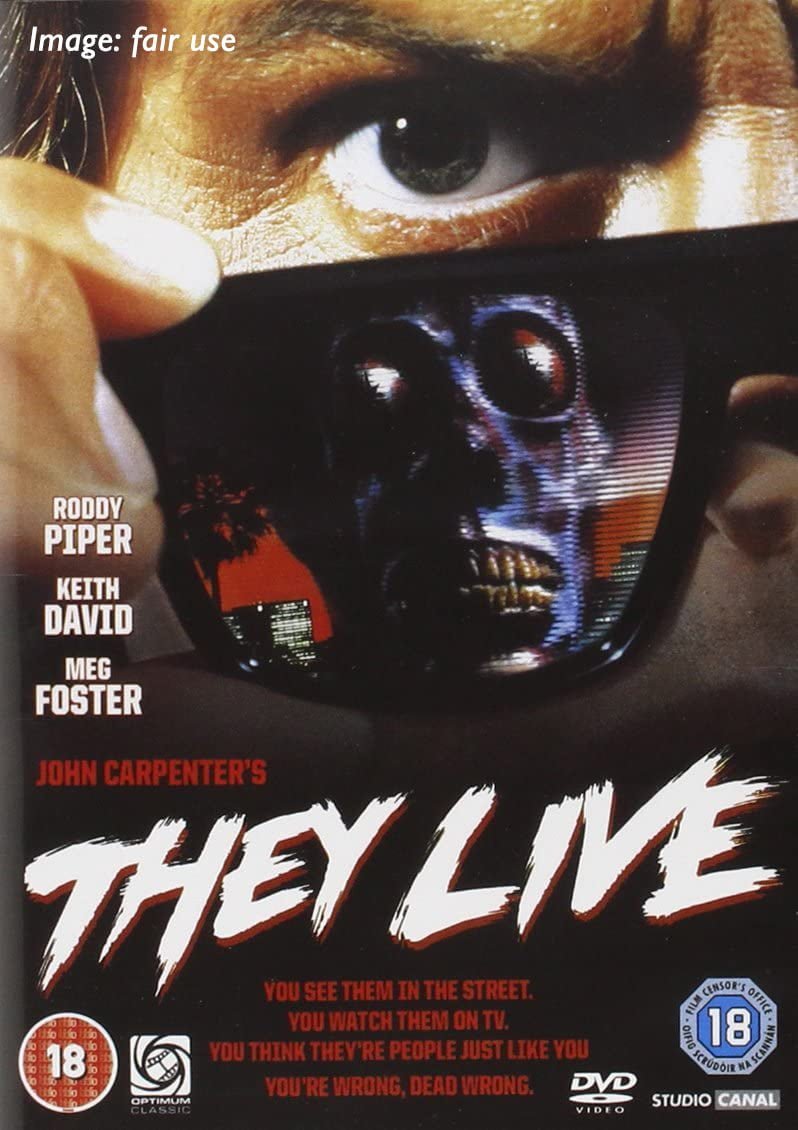 John Carpenter’s satirical action film (watch the trailer here) at first glance looks like a lot of the other action/Sci-fi/horror hybrids to come out during the 1980s, most starring Arnold Scharzernegger if you had a decent budget or another musclebound ‘actor’ if you didn’t. This one starred a WWF wrestler called “Rowdy” Roddy Piper. However, look a bit deeper and you find a whole other sort of film.
John Carpenter’s satirical action film (watch the trailer here) at first glance looks like a lot of the other action/Sci-fi/horror hybrids to come out during the 1980s, most starring Arnold Scharzernegger if you had a decent budget or another musclebound ‘actor’ if you didn’t. This one starred a WWF wrestler called “Rowdy” Roddy Piper. However, look a bit deeper and you find a whole other sort of film.
Piper plays John Nada (interesting choice of name), an unemployed and homeless construction worker who arrives in the big city and soon joins up with other workers in a makeshift camp whilst he tries to sort himself out, up against a system which considers the likes of him to be all but invisible. However, when Nada picks up a pair of sunglasses he discovers that he can now see the real faces of the rich yuppies types in the bars and offices all around him, they are no longer invisible to him anyway. In fact they are hideous looking aliens from outer space who are busy planting subliminal messages of subservience all around the city, in adverts and newspapers, hidden until you put the sunglasses on. Naturally, Nada tools up in typical action-man style and sets to work doing something about this.
Without wishing to spoil it for those who haven’t seen the film, let’s just say that the human establishment ends up showing its true face as well. The film was not a great success for Carpenter when it came out (unlike Halloween and The Fog for example) but has become a cult favourite over the years. You can watch this as a political satire or just as an actioner, it is pretty violence we should note and has an 18 certificate. Still as Nada put’s it, he is here to chew bubblegum and kick ass and he is all out of gum! It also has the longest fight scene in cinema history it appears, which you can watch here.

